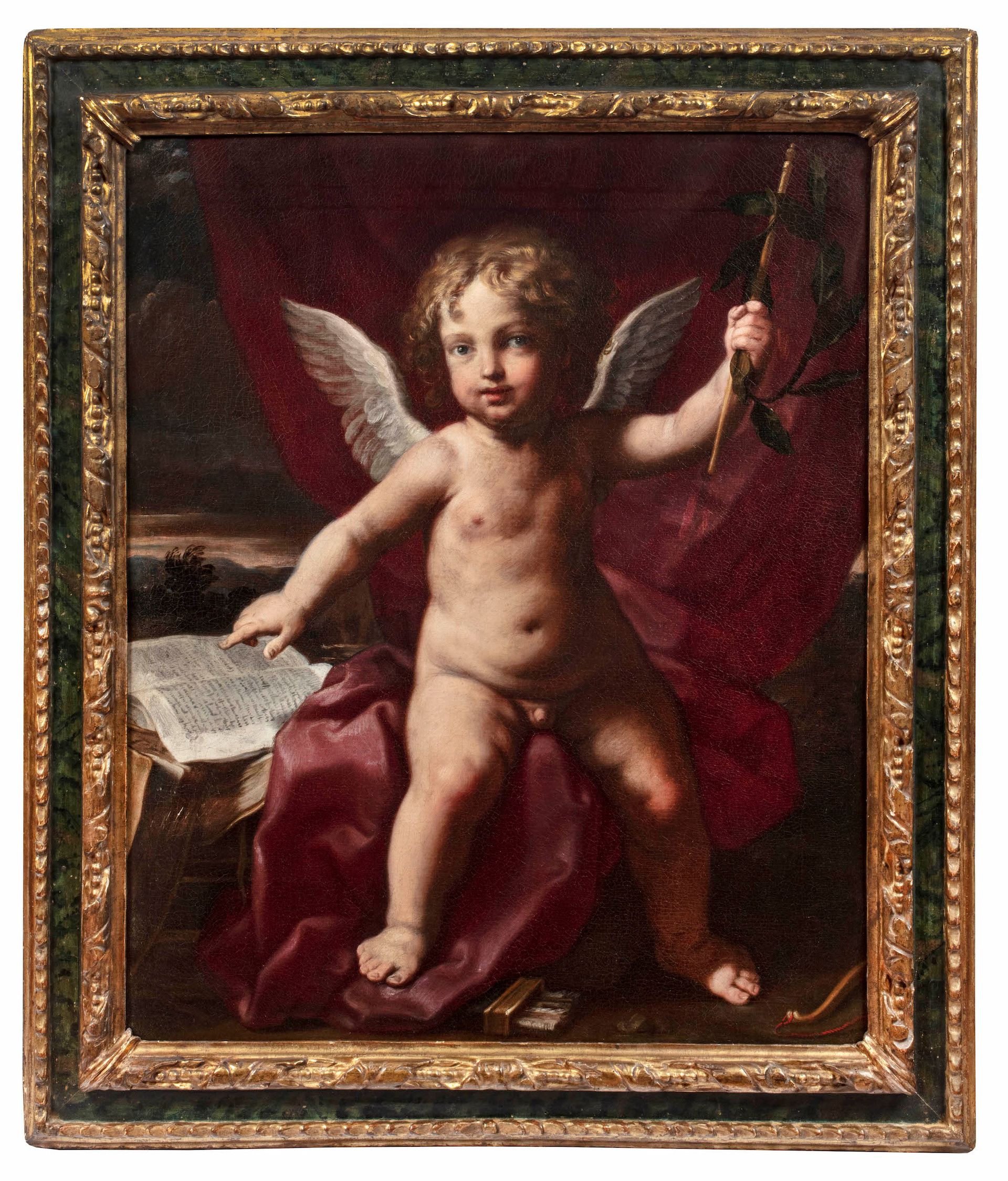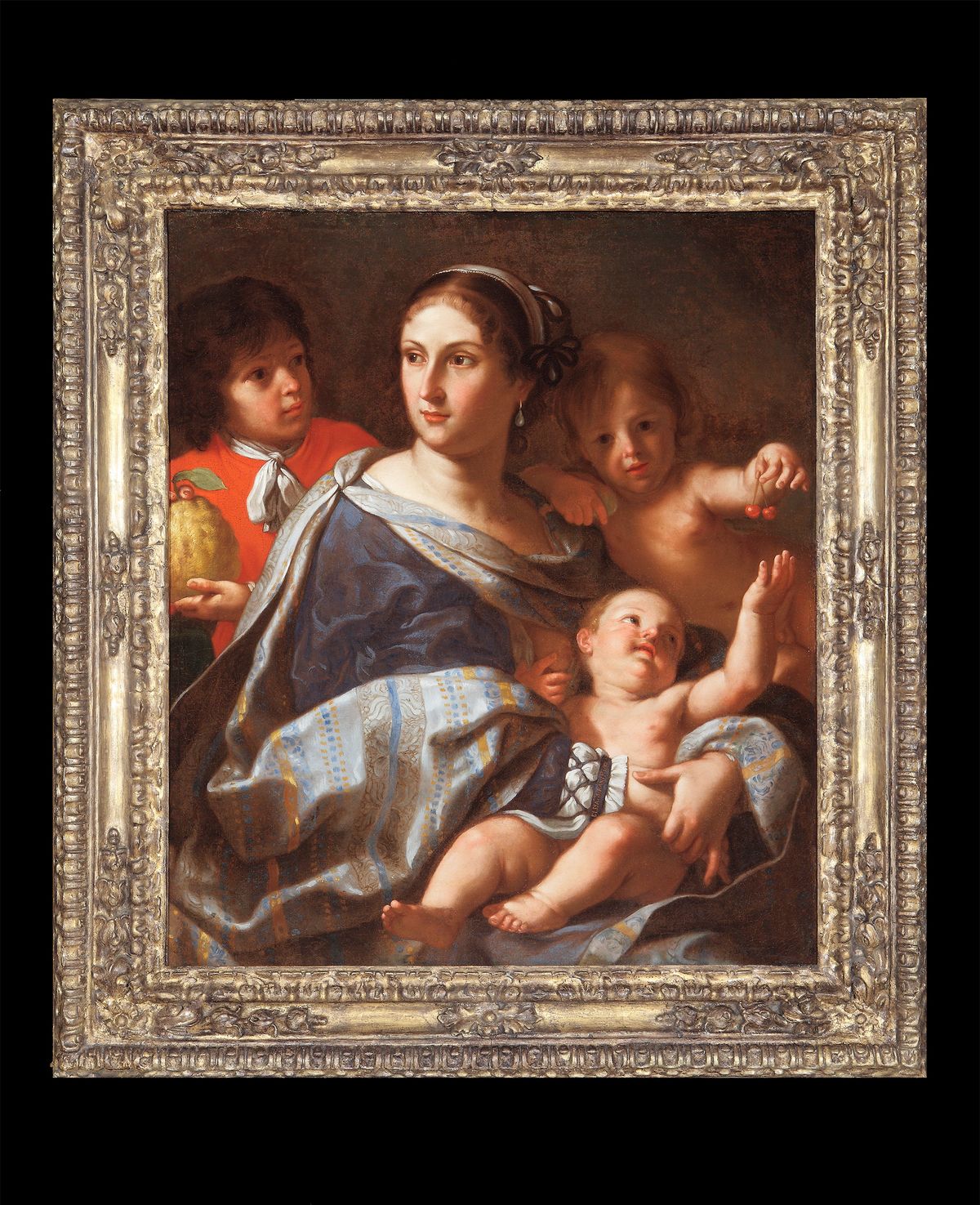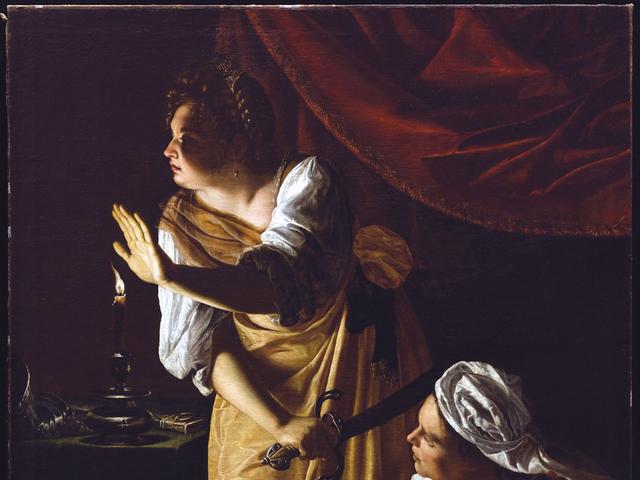In her day, Elisabetta Sirani (1638-1665) was a phenomenon. A fast, fluid and expressive artist whose oeuvre spanned several genres, Sirani was so renowned that townspeople and travelers to Bologna visited her studio to watch her work. She has been featured recently in By Her Hand: Artemisia Gentileschi and Women Artists in Italy, 1500–1800 at museums in Detroit and Hartford, Connecticut, and will figure in Making Her Mark: A History of Women Artists in Europe, 1400-1800, opening 1 October at the Baltimore Museum of Art.
But before that, from 5 September to 29 September, she is getting an exhibition of her own in New York, the first outside Italy. Elisabetta Sirani: Maestra of Baroque Bologna is a concentrated showcase—five paintings, three drawings and an etching—at Robert Simon Fine Art. It came together quickly, after Simon realised in mid-July that he had three paintings in his inventory and easy access to others, including two paintings owned by a Connecticut collector that are soon to be lent to an exhibition at the John and Mable Ringling Museum of Art in Sarasota, Florida. Simon, who asked a few museums for loans, also secured a drawing from the David Owsley Museum of Art at Ball State University. (Two other museums had already promised their Sirani works to Making Her Mark, and others required more time to consider requests.)

Elisabetta Sirani, Portrait of Ortensia Leoni Cordini as Saint Dorothy, 1661 Courtesy Robert Simon Fine Art
“It was a window of opportunity,” says Simon, who sold his first painting by Sirani more than 20 years ago and is an enthusiast of her work. “She is a fascinating figure who had real influence in Bologna and made beautiful paintings.”
For a female artist of the period, Sirani’s career is very well-documented. The daughter of artist Giovanni Andrea Sirani, who trained her, Sirani was selling paintings by age 17. She kept a list of her works, which number more than 200 paintings, and she signed most of them. When her father became incapacitated, she ran his workshop. She also established the first art academy for women outside of a convent. Grand Duke Cosimo III de' Medici, among many others, gave her commissions. Her death at age 27 was honoured with a public funeral engaging all of Bologna.

Elisabetta Sirani, Love Conquers All, 1662 Courtesy Robert Simon Fine Art
While many of her paintings are religious—especially Madonna and Child images, an undated example of which is in the exhibition—Sirani ranged much more widely. The exhibition includes portraits, such as Portrait of Ortensia Leoni Cordini as Saint Dorothy (1661), which is set to go to an American museum in October for approval; historical scenes and figures, like Delilah (1664); and allegories, like Love Conquers All (1662), which portrays a naked Cupid seated on crimson drapery, and Portrait of Anna Maria Ranuzzi as Charity (1665). Though she never painted stand-alone still lifes, she sometimes incorporated still-life vignettes into her works, like the fruit basket in the Cordini portrait.
Prices for Sirani’s works have jumped recently as museums and collectors remedy past neglect. Last December, Sotheby’s sold an image of St. John the Baptist (1663) for £163,000 (with fees) against a £80,000 to £120,000 estimate. And in January 2020, Christie’s sold a self-portrait drawing from around 1658 for $43,000 (including fees) versus a $5,000 to $7,000 estimate. Her work is also the subject of a recent book by art historian Adelina Modesti.
- Elisabetta Sirani: Maestra of Baroque Bologna, 5-29 September, Robert Simon Fine Art, New York



